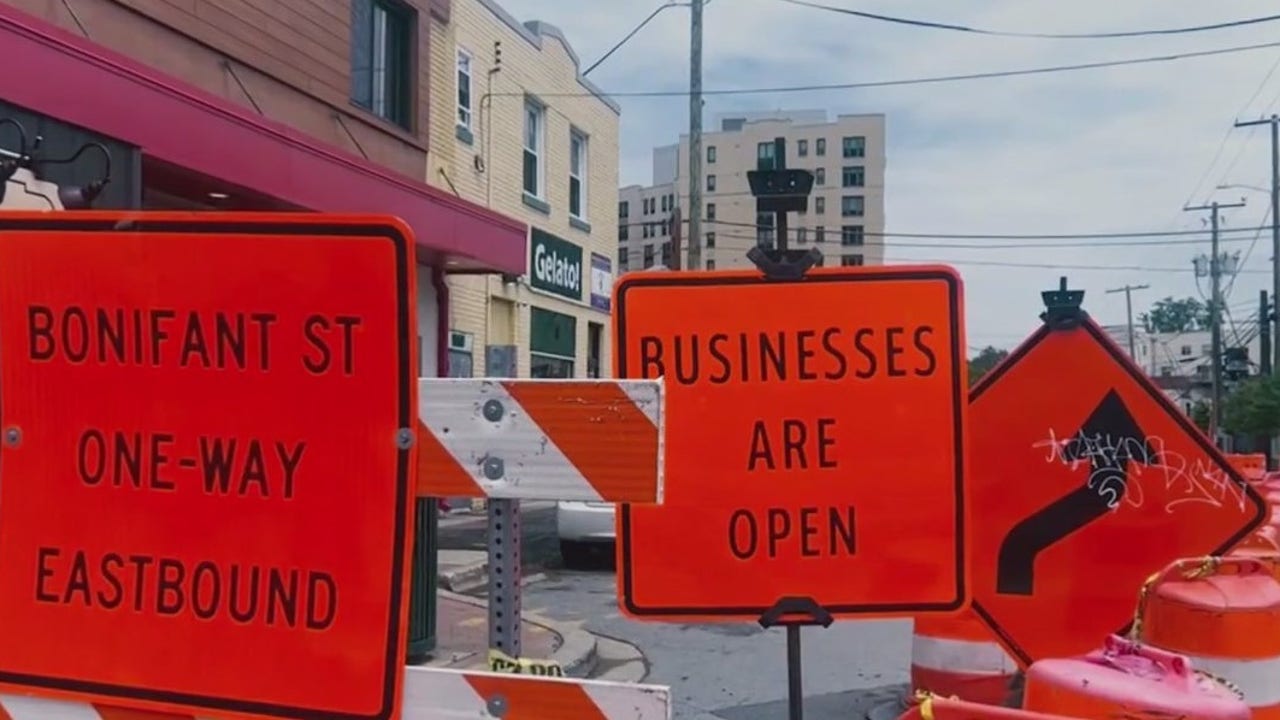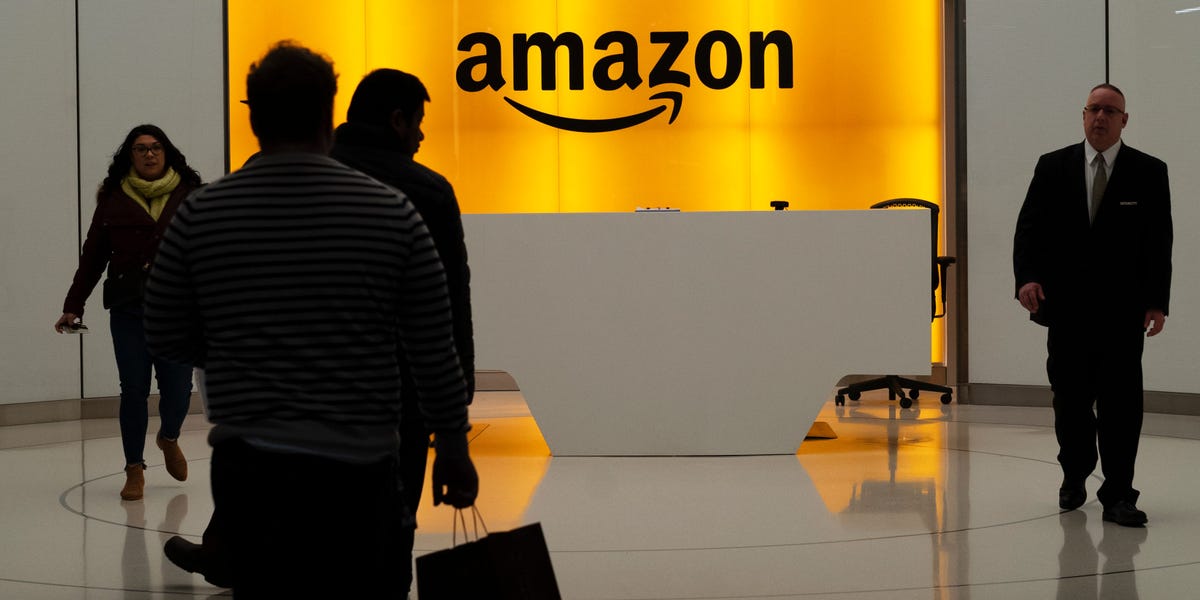Purple Line Purgatory: Silver Spring Businesses Cry Out as Construction Crushes Local Economy

Downtown Silver Spring businesses are crying out for relief after enduring three grueling years of road closures and construction chaos caused by the Purple Line project. Local entrepreneurs are struggling to stay afloat as persistent infrastructure work continues to disrupt their daily operations and customer access.
Merchants along the construction corridor have watched their foot traffic and revenues dwindle, with some facing the very real threat of permanent closure. The prolonged disruption has created a perfect storm of challenges, forcing small business owners to dig deep and find creative ways to survive.
Local shop owners describe the situation as a "nightmare" that has tested their resilience and financial stability. The constant noise, limited parking, and restricted street access have made it increasingly difficult to attract and retain customers in an already competitive retail landscape.
City officials and Purple Line administrators are being urged to provide immediate support and compensation to help these businesses weather the ongoing infrastructure transformation. The community is calling for more transparent communication and concrete assistance to prevent further economic damage to Silver Spring's vibrant local business ecosystem.








